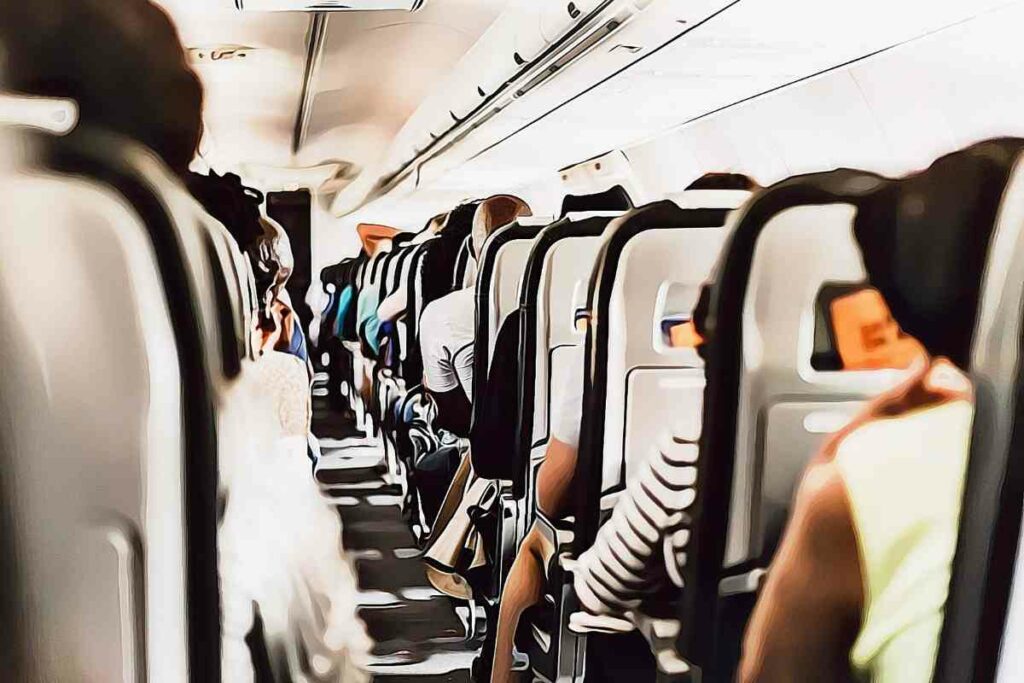At least 11 passengers have been seriously injured after Hawaiian Airlines flight 35, which was bound from Phoenix, Arizona, was hit by “severe” turbulence 30 minutes before reaching Honolulu, the local media reported.
”Medical care was provided to several guests & crew members at the airport for minor injuries while some were swiftly transported to local hospitals for further care,” the airline tweeted.

Airbus A330 aircraft, carrying 278 passengers and ten crew members, was scheduled to land at Daniel K. Inouye International Airport at 10:58 am Hawaiian Standard Time on Sunday, according to the Federal Aviation Administration (FAA). However, Alex Da Silva, a spokesperson for the airline, said that the plane encountered severe turbulence 15 to 30 minutes before landing in Honolulu.
After the safe landing, 36 passengers were treated for injuries, including head injuries, lacerations, bruises, and loss of consciousness, the Honolulu Emergency Medical Services (EMS) announced.
Twenty out of those passengers, including a 14-month-old child and a teenager, were transported to emergency rooms. EMS said 11 were in severe condition, while the rest nine were in stable condition.
Hawaiian Airlines COO Jon Snook said the airline could not confirm how many people on board were wearing seatbelts during the turbulence. The National Transportation Safety Board will investigate that, Snook added without giving a timetable. The investigation will also examine what other measures were in place, aside from turning on the ”fasten seatbelt” sign, to ensure the passengers’ safety, he said.
Snook also confirmed that the airline was informed about the weather forecast and the unstable air conditions. However, there was no warning that the particular patch of air where the turbulence occurred was potentially dangerous, Snook noted. He added that Hawaiian Airlines would conduct a detailed investigation of the plan before returning it to service. Hawaiian Airlines already diverted three flights bound for Maui to Oahu due to the weather conditions, Snook said.
One of the passengers, Kaylee Reyes, told local news outlets that her mother was ”flew up and hit the ceiling” as she had just returned to her seat and did not have the chance to fasten her seatbelt when the turbulence hit.
According to Jazmin Bitanga, who was coming home for Christmas, there were two altitude drops. The first one was so strong that her partner’s water bottle flew into the ceiling and cracked.
The 18-year-old university student Jacie Hayata-Ano was on her way home for the holidays and said it started like regular turbulence at first. Afterward, the shaking escalated quickly and felt like ”free-falling.” Hayato-Ano said she was being lifted off her seat with her belt on.
Thomas Vaughan, a National Weather Service meteorologist, said that a strong cold front was passing through the islands, bringing along potentially dangerous winds and thunderstorms, flooding, and heavy rain.
According to FAA, most turbulence accidents occur at 30,000 ft (9144 m) or above. Turbulence is a major cause of injury to plane passengers, and on average, 58 people in the US are injured during flights if they are not wearing seatbelts.



